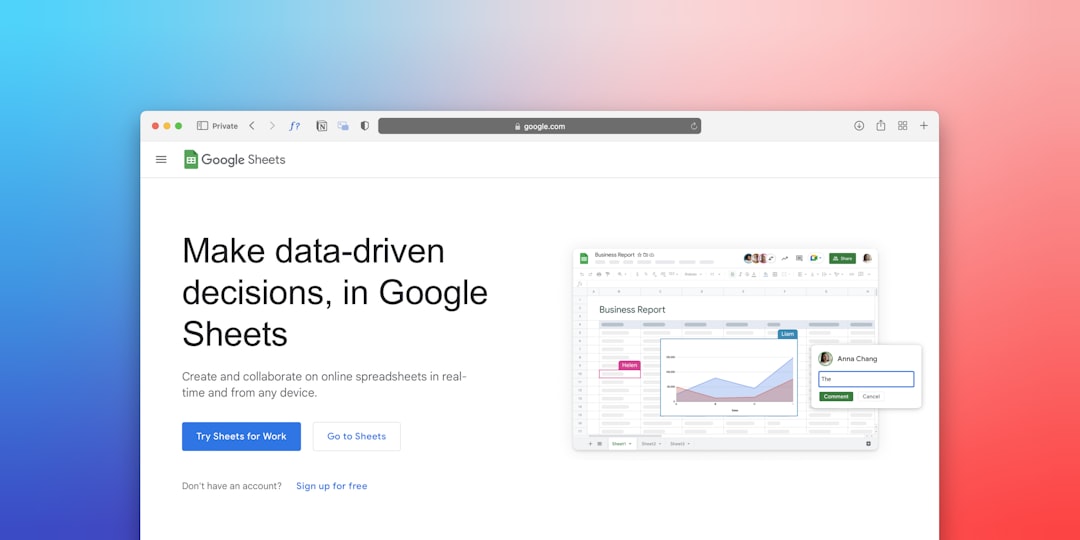As digital marketers and analytics professionals transition from Universal Analytics to Google Analytics 4 (GA4), many are encountering new questions about traffic attribution and how emerging technologies are tracked. One frequent question in analytics forums and digital marketing circles is: Does GA4 show traffic from Google’s AI tools, like Search Generative Experience, as a referrer? The appearance of “Google AI” within referral reports has caused widespread speculation about its origin, classification, and how to interpret this data appropriately.
This article will provide a comprehensive, trustworthy explanation about whether GA4 currently identifies “Google AI” as a referrer and what it means for your website traffic analytics. We’ll explore how AI-driven tools and features from Google might send traffic, what GA4 tracks, and how to interpret such data if it appears in your reports.
Understanding Referrals in GA4
Referrals are tracked when a user clicks on a link to your website from another site and lands on any page where your GA4 tracking code is present. GA4 then logs the domain of the referring site in your reports. This data helps marketers understand where their audiences are coming from and which external websites drive traffic.
GA4 has default channel groupings, including:
- Organic Search
- Direct
- Referral
- Paid Search
- Social
- Display
In the case of traffic reportedly coming from “Google AI,” one would expect it to appear under either “Referral” or “Organic Search,” depending on how the source is structured and how GA4 categorizes it.
What Is Google AI Mode?
The term “Google AI Mode” isn’t an official product or tool released by Google. However, it is often used informally to refer to:
- Google’s Search Generative Experience (SGE)
- Experimental AI features in Google Search
- Google Bard or Chat-based AI results linked to content

These services utilize generative AI to deliver more context-aware, comprehensive responses in search result pages or assistant interfaces. With the evolution of Google’s integration of AI – especially with Bard and SGE – some traffic might originate from these platforms, either through linked citations or direct references as part of search answers.
Can GA4 Identify Google AI as a Referrer?
The short answer: yes, in some cases GA4 might show “Google AI” or a similar variation as a referrer, but this isn’t always consistent or officially documented.
There have been anecdotal reports and community discussions highlighting that GA4 shows unexpected referral sources such as:
- ai.google.com
- bard.google.com
- searchgenerative.com (hypothetical or third-party proxies)
- google.com/referral
These instances typically appear in the “Referral” category and may or may not contain UTM tags or specific identifiers that help you quickly identify them as from an AI-originated traffic source. However, GA4 does not currently have a specific channel group or identifier for “Google AI” similar to how it designates Organic Search or Social.
How to Check for Google AI Traffic in Your GA4 Reports
To investigate whether you’re receiving traffic from Google’s AI features, follow these steps:
- Navigate to your GA4 property.
- Go to Reports > Acquisition > Traffic acquisition.
- Within this report, switch the primary dimension to Session source / medium.
- Look for domains like bard.google.com, ai.google.com, or unknown Google subdomains.
- Filter for unusual or unexplained traffic spikes tied to these domains.
Having identified such domains, you may then dig deeper into Session details, user behavior, or conversion paths to trace what kind of engagement came through those sources.
Why This Matters for Marketers
Referrals from AI-generated tools represent an important and growing new category of inbound traffic. Such visits may stem from:
- Links generated by search responses in Bard or SGE
- Content recommendations based on AI-learning patterns
- Voice search responses integrating with AI suggestions

From a strategic standpoint, if AI-generated search results are starting to drive website visits, this marks a pivotal transformation in search behavior. Being aware of such sources helps marketing teams better allocate resources and content efforts to formats and topics favored by AI algorithms.
Challenges in Tracking AI Referrals in GA4
While the notion of AI-generated traffic sounds exciting, there are a few inherent challenges:
- Lack of consistency: Not all AI platforms use identifiable referrer headers or UTM parameters.
- Google’s opacity: Google has not published documentation about how AI-based products are tracked in GA4.
- Privacy filters: AI tools may use proxy or redirect layers that strip or anonymize the referrer source.
For these reasons, it’s currently difficult to rely entirely on GA4 to tell the full story of AI-related traffic without implementing additional analytics layers, such as server-side tagging or log-based traffic analysis.
Best Practices for Monitoring AI-based Referrals
To stay ahead in monitoring AI-sourced traffic in GA4, consider implementing the following practices:
- Tag important content: Use UTM tags on any links you control, such as those you submit to Google’s AI products experimentally.
- Monitor real-time traffic: Use GA4’s real-time view to spot sudden visits from strange or unknown referrers.
- Leverage custom dimensions and event parameters: Customize your tracking framework to collect additional metadata like referrer hostnames or device types, offering clues for AI-generated users.
- Compare across tools: Cross-check your GA4 data with platforms like Google Search Console or server logs for a fuller picture of inbound sources.
Will GA4 Offer Native Support for Google AI Traffic?
As of 2024, there is no official confirmation or guidance from Google that GA4 will natively track or separately categorize traffic from AI-based sources like Bard or SGE. However, this may change as AI becomes more deeply integrated into the Google ecosystem and generates a noticeable portion of online engagement.
Analysts should keep an eye on updates in the GA4 release notes and community forums to see if new channel groupings or tracking mechanisms are added in future updates.
Conclusion
While GA4 doesn’t yet officially treat “Google AI” as a distinct referrer channel, there are indicators that traffic from AI-powered sources is collected under existing referral categories—provided the referring tools don’t strip or anonymize the source.
Digital marketers, analysts, and SEO specialists should stay vigilant, adapting practices to monitor and interpret this emerging traffic stream effectively. Recognizing traffic from Google AI-enabled platforms could soon become as essential as recognizing search engine or social media traffic from a strategic point of view.
As the technology evolves, we may see significant enhancements in how AI referral traffic is tracked, categorized, and acted upon in analytics platforms. Until then, empirical analysis combined with strategic tagging and careful observation offers the best path forward.
